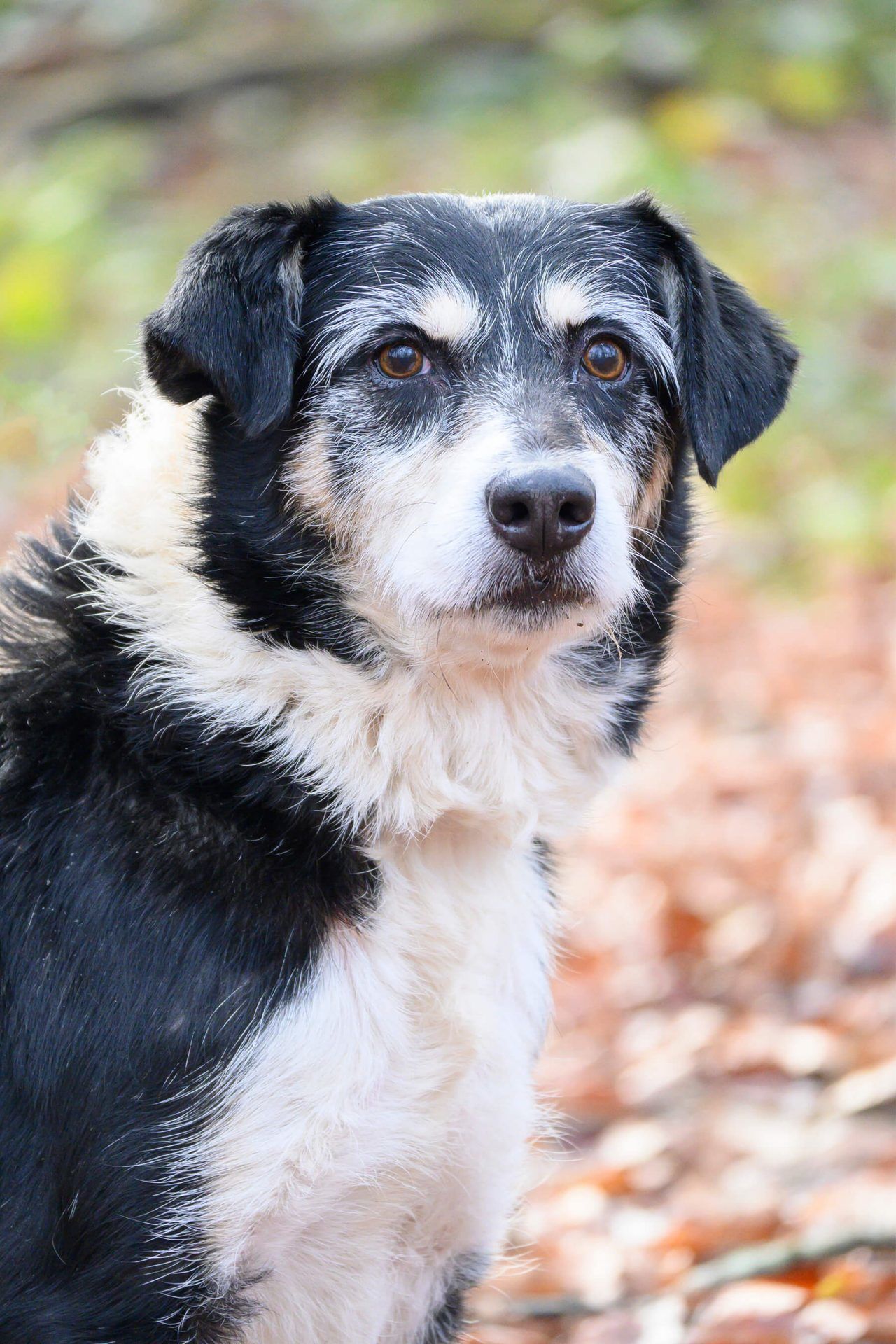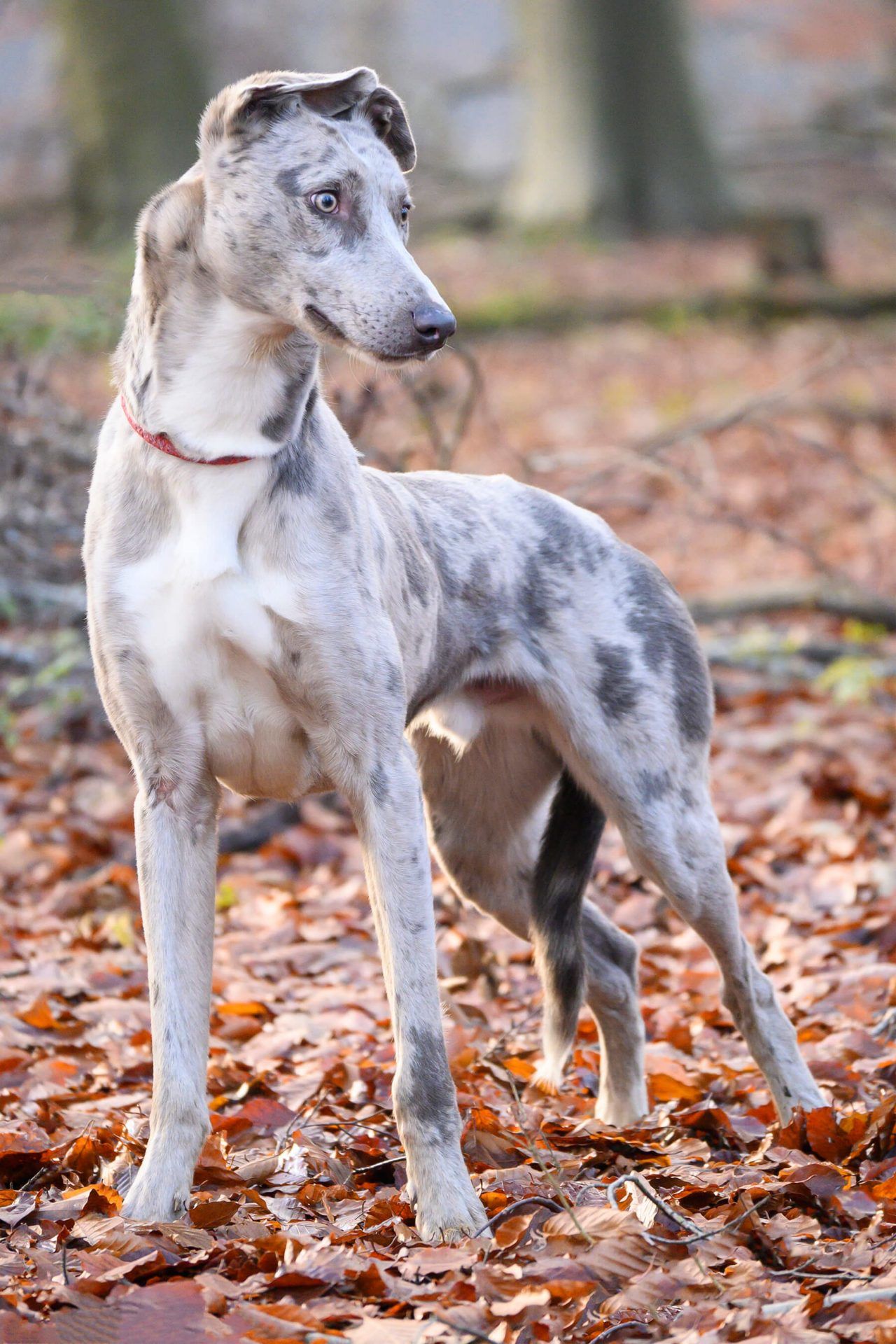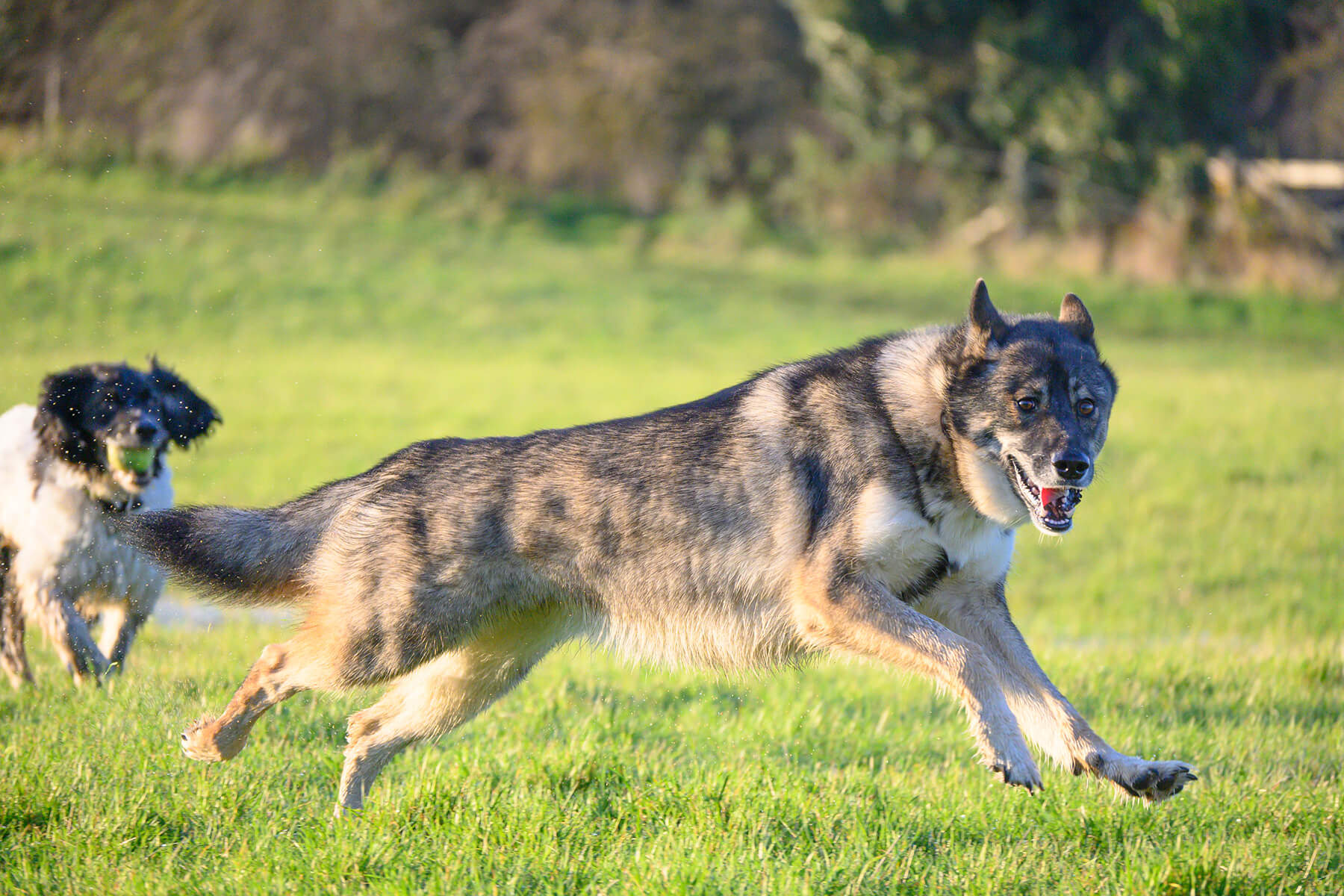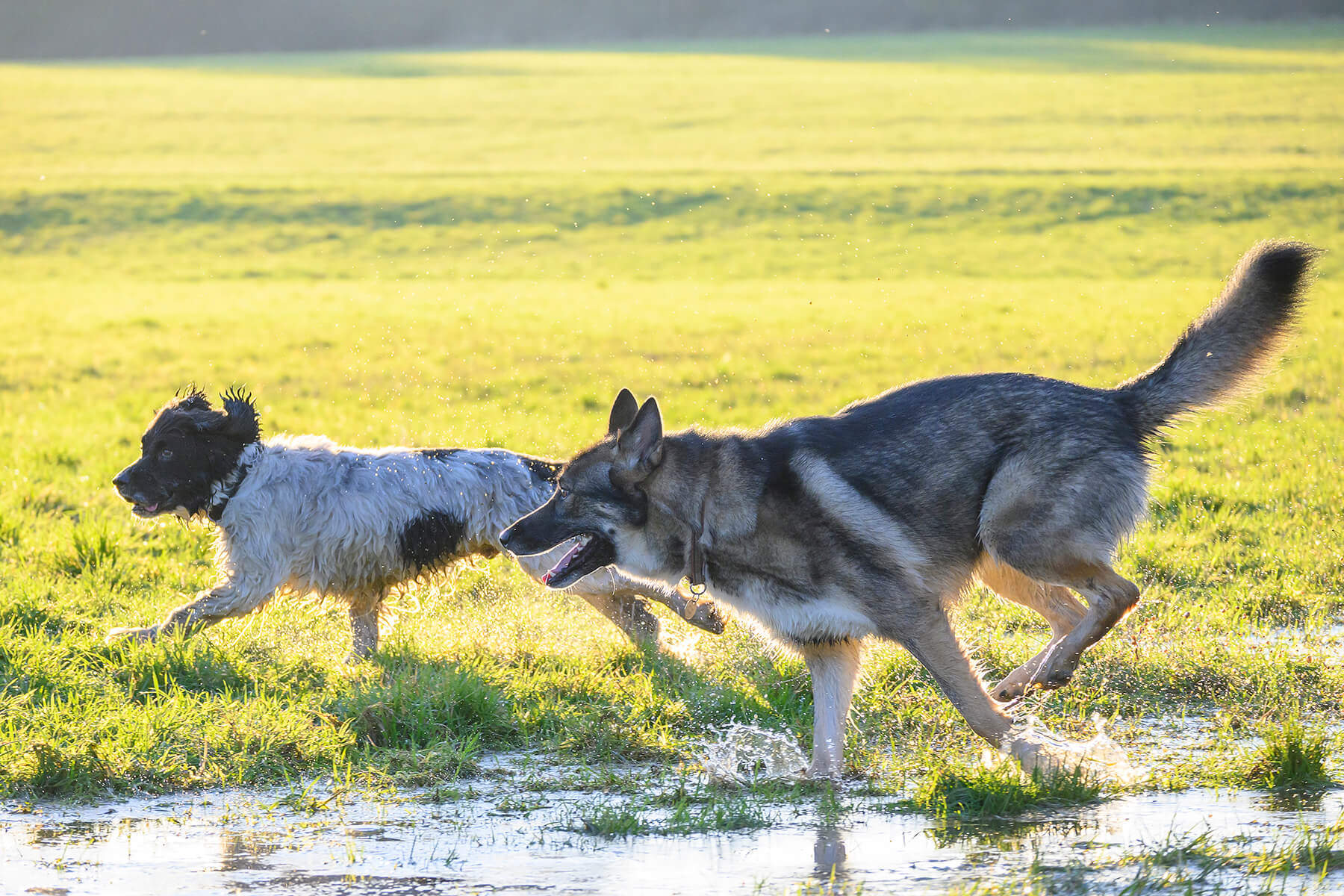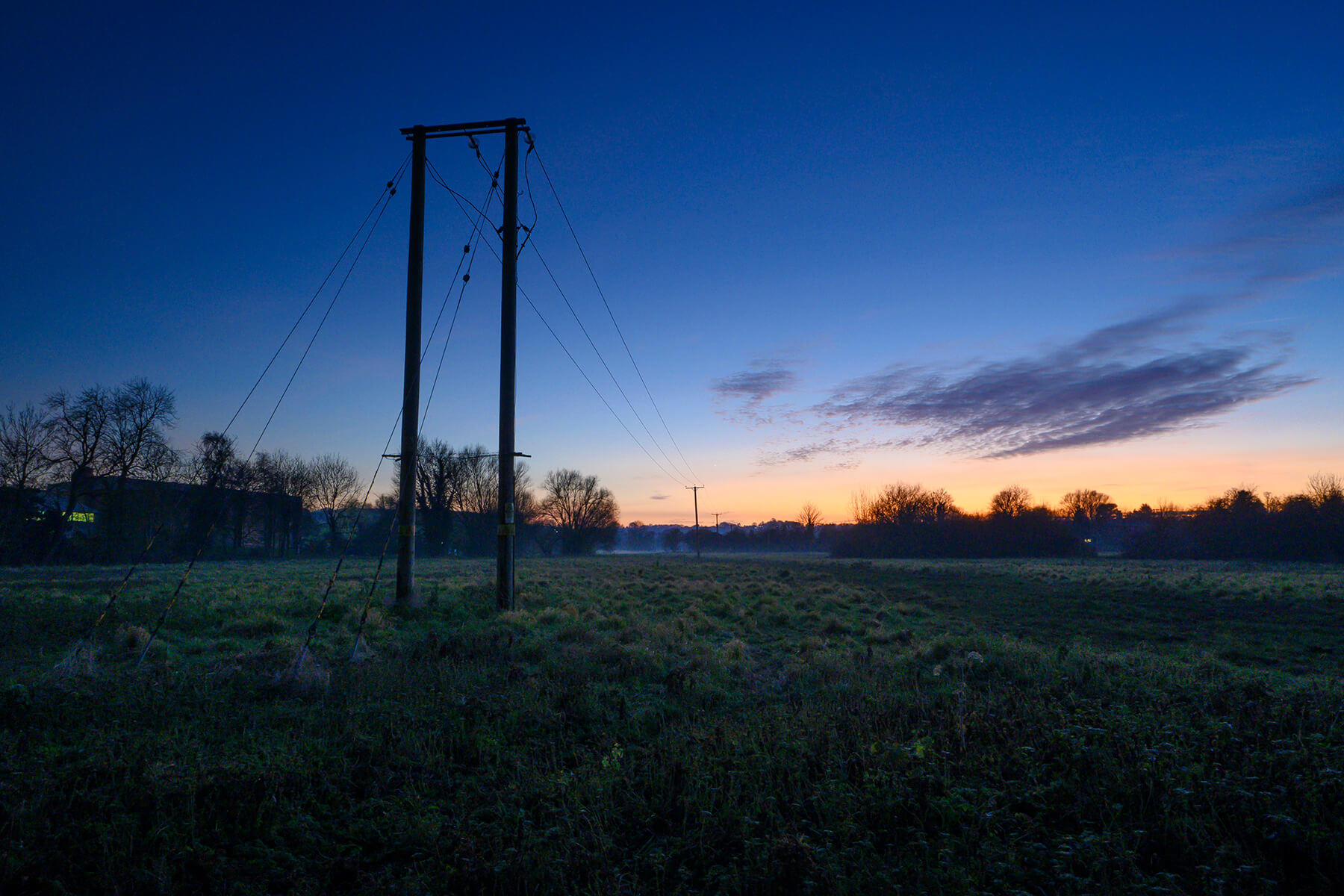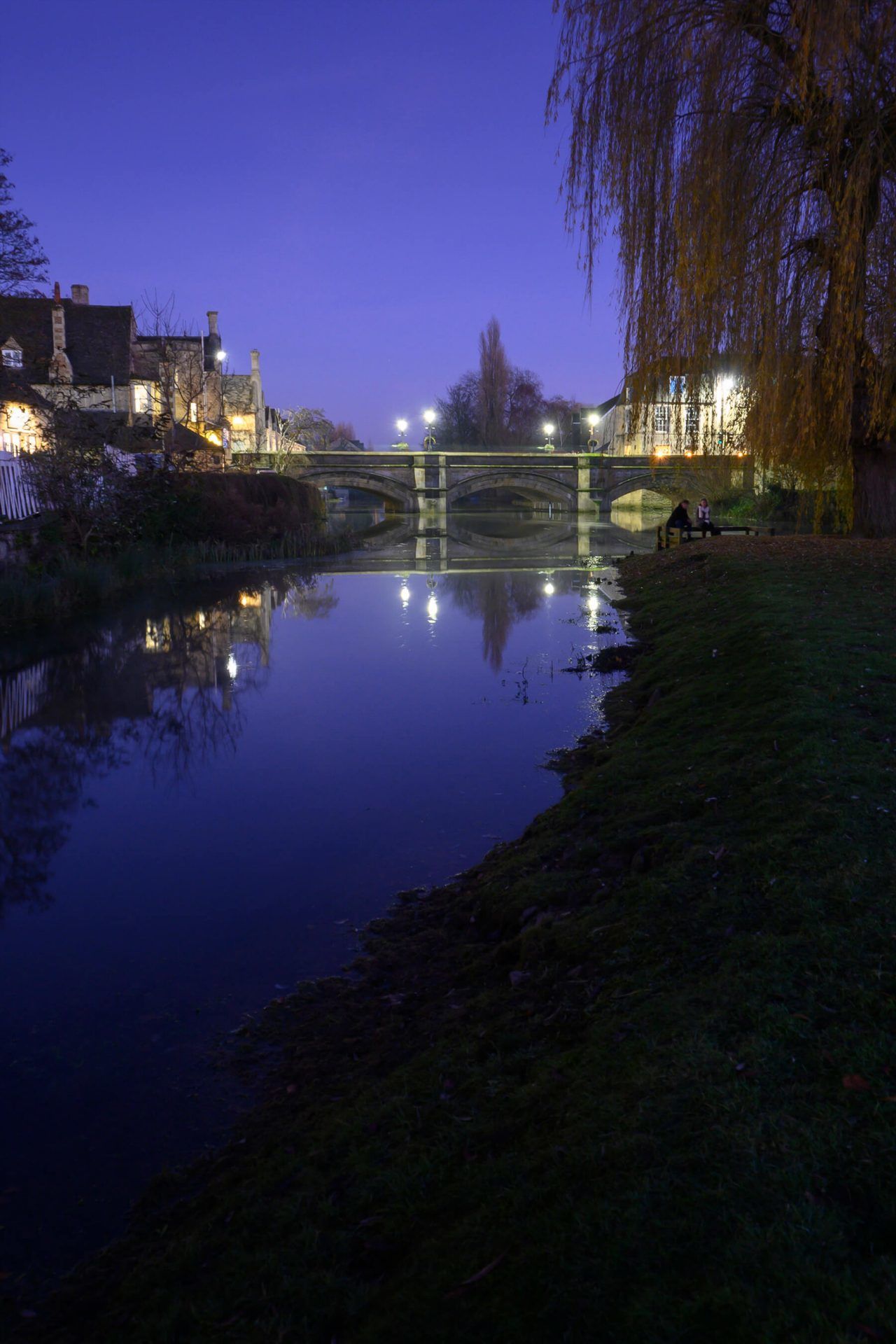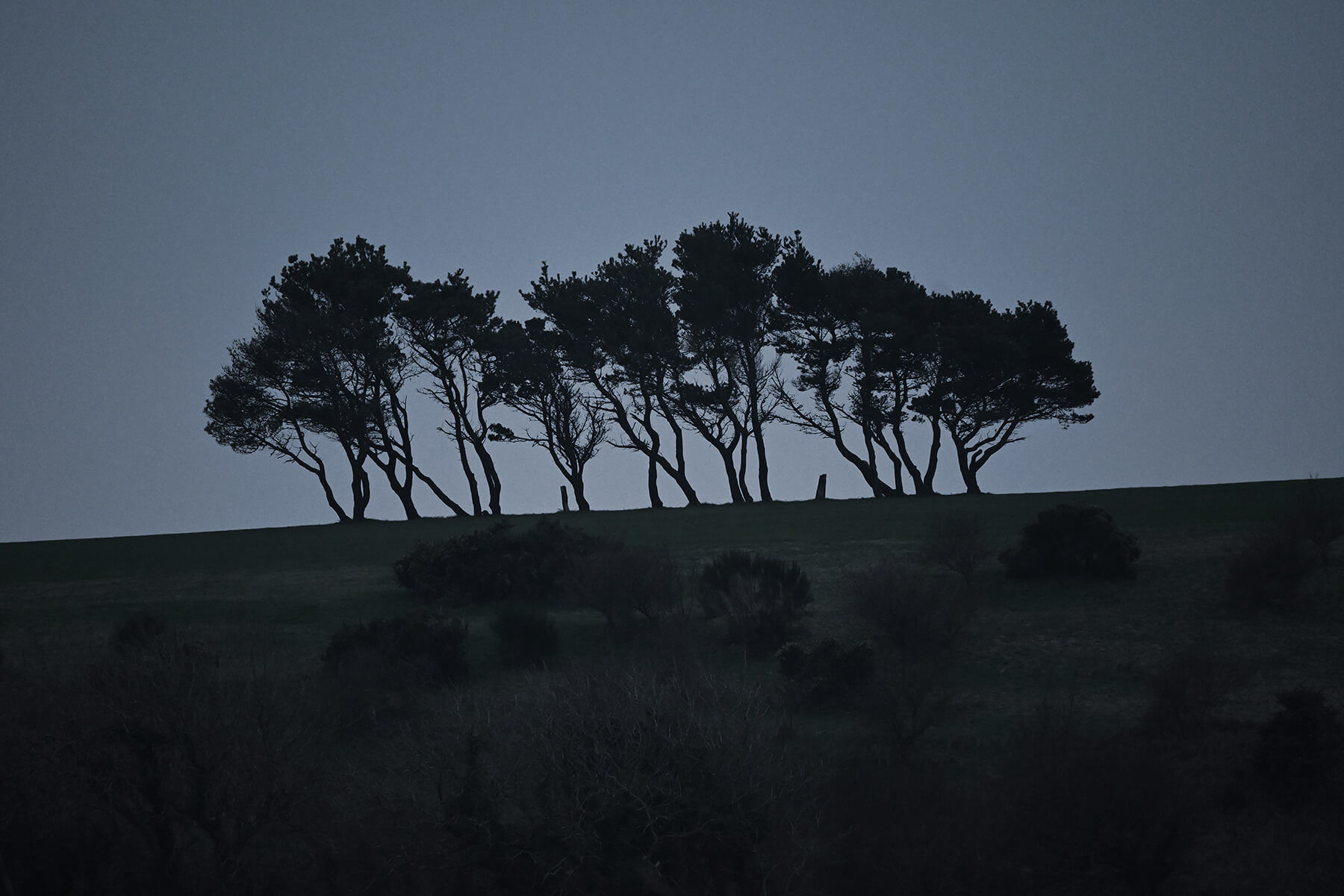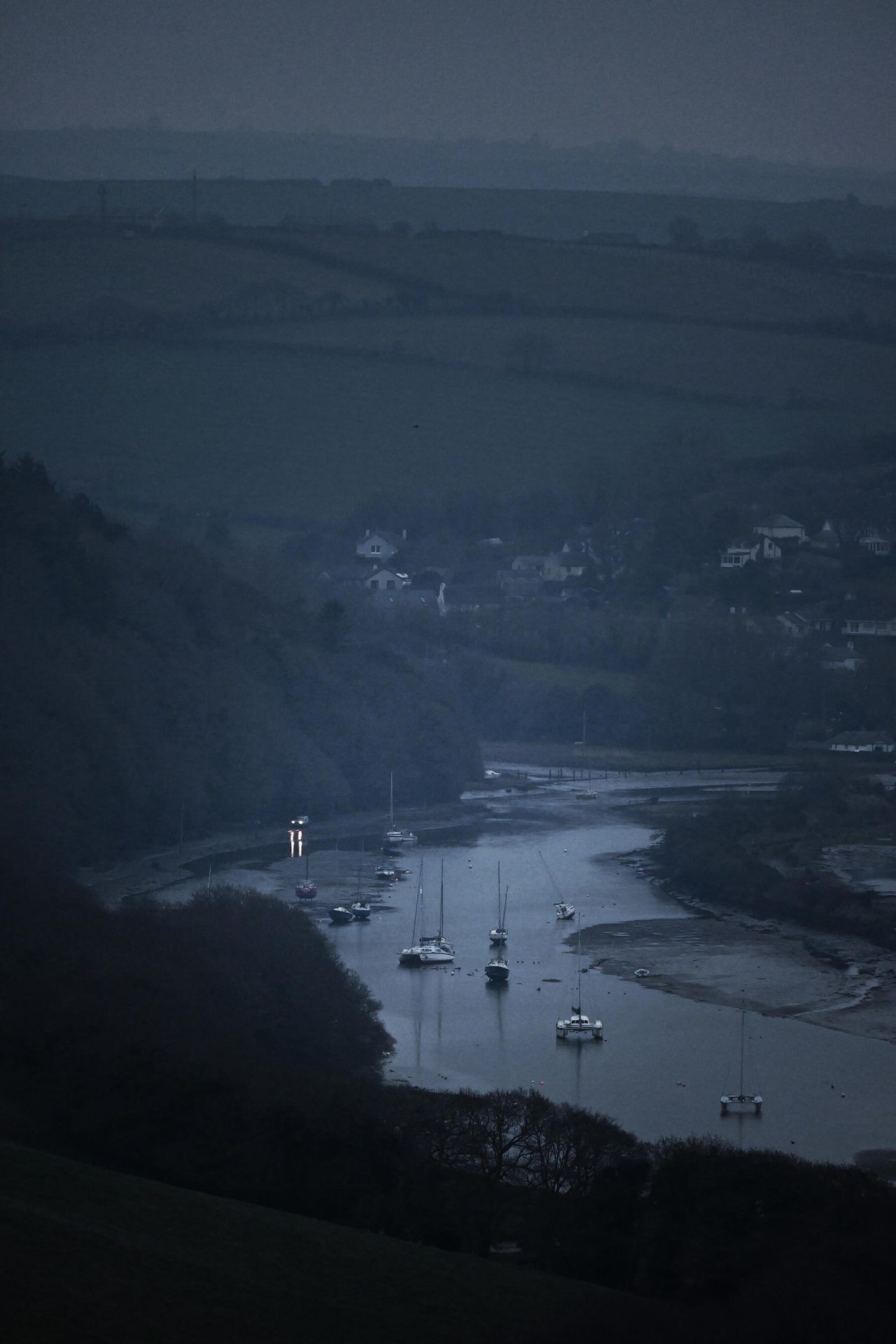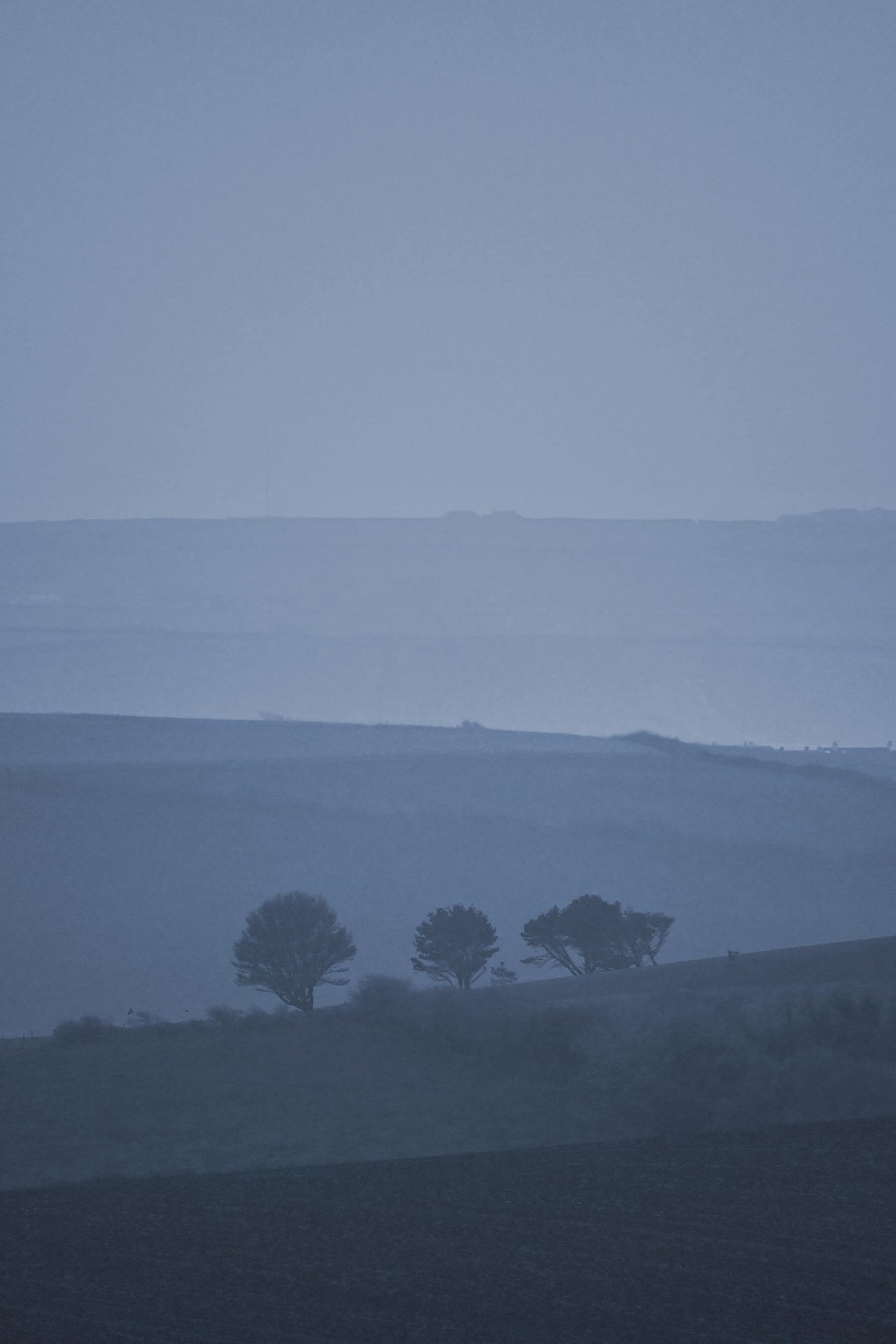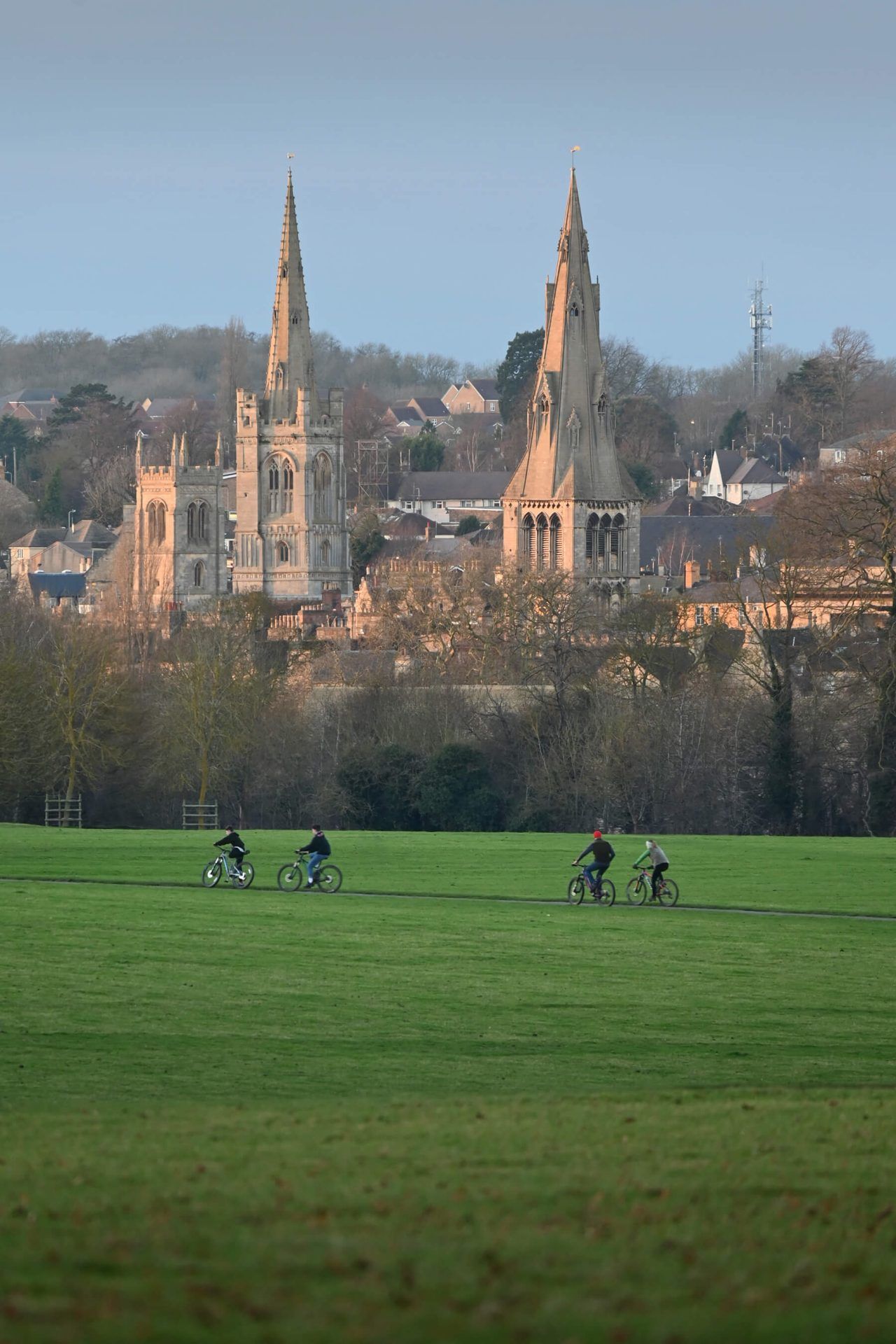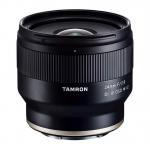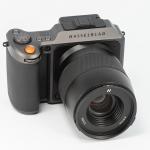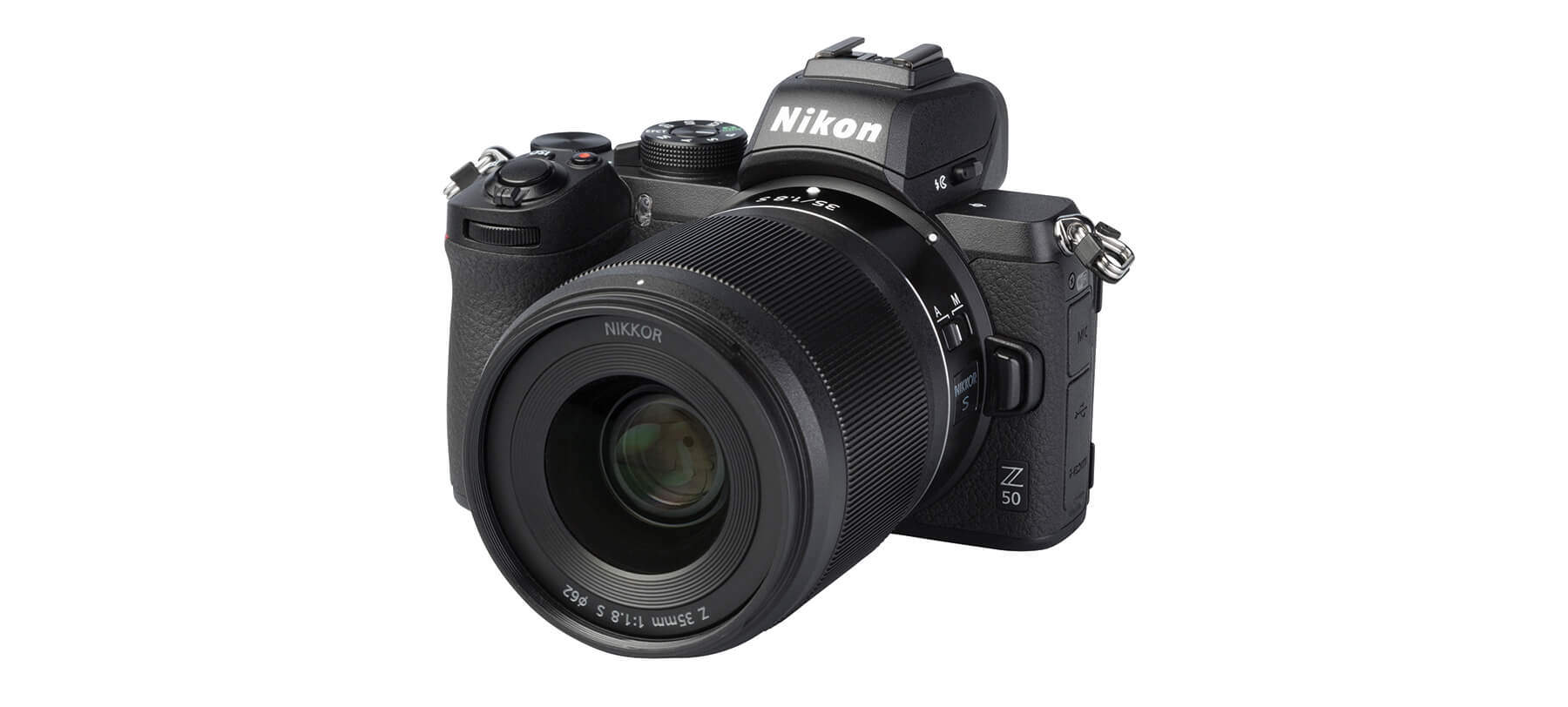
Nikon Z 50 test: huge bang for your buck
Posted on Jan 14, 2020
The new crop sensor Z 50 joins Nikon’s Z Series, adding a smaller, lighter and more affordable alternative to the full-frame Z 6 and Z 7, but including many of those cameras’ mirrorless advantages.
The Z 50 is Nikon’s first camera to combine its new mirrorless Z mount with an APS-C format sensor. Coming after the full-frame Nikon Z 6 and Z 7 bodies, the smaller format – which Nikon has always called DX rather than FX – has a 20.9-megapixel resolution with no optical low-pass filter.
Though the sensor is smaller, the shared mount means, of course, lenses can be swapped between Z mount bodies, just as on FX and DX DSLR cameras, with a crop factor applied in either case. We tested the Z 50’s twin lens kit version that comes with 16-50mm f/3.5-6.3 and 50-250mm f/4.5-6.3 lenses, and trying out FX Z lenses and F-mount lenses via the FTZ converter.
The smaller sensor leads to a body that’s around 10% shorter and thinner than the Z 6 or Z 7 and with fewer controls, but crucially, it still handles very well. This is thanks, in the main, to its decently sized, rubberised handgrip, thumb rest, twin control dials that sit within easy reach of the forefinger and thumb, and lots of other inputs. Put simply, if you’ve used a full-frame Z series camera or a recent Nikon DSLR, you’ll find no curveballs here.
The body feels solid, but no claims of weather sealing are made for it, or its accompanying Z DX lenses. It uses a single SD UHS-I card slot, and though some may expect twin slots, it’s important to remember this is an entry-level camera.
On the top plate is the main mode dial, which has the usual PASM and auto modes, as well as Effect and Scene shortcuts. There are also U1 and U2 modes where you can store favourite settings. The mode dial turns a little too easily for me, and I found several times it had snuck to an unwanted setting, so a lock would have been welcome. A lever sits next to it for switching between stills and movie mode, and this is also a bit light, I found. Oddly, the main menu doesn’t adapt to which mode you push the lever into, so in stills you can still access movie controls and vice versa.
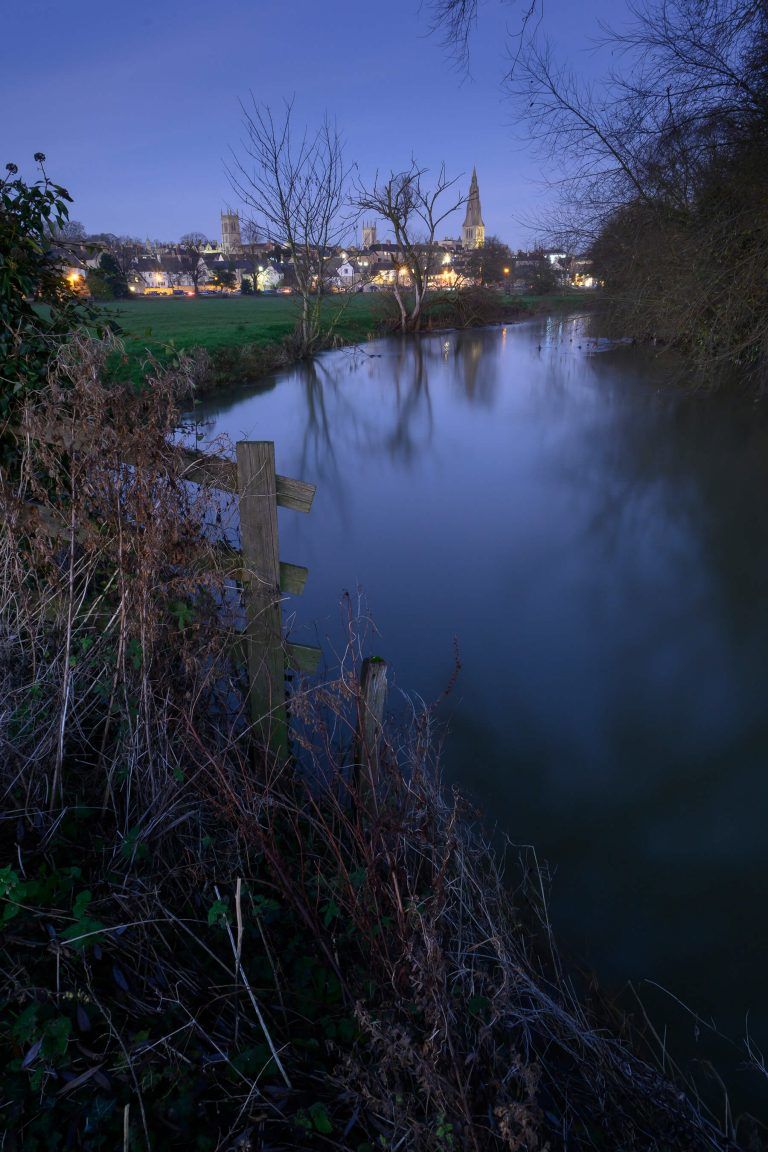
Performance: exposure latitude
Though the Nikon Z 50 produces images with great dynamic range straight out of the camera, it’s always worth knowing how much you can push or pull things in editing. That’s where our exposure latitude test comes in. Shooting in 14-bit Raw quality, we photographed a scene from -5EV to +5EV, then took the Raws and under- or overexposed them in Adobe Camera Raw by the corresponding value.
Dealing with the underexposed Raws first, images showed little degradation at -2EV, and only subtle noise in the shadows at -3EV. At -4 and -5EV, noise becomes more apparent, especially colour noise, but processing can remove this and images are usable.
For the overexposed shots, it was much the same story for +1 and +2EV images, with only minor degradation seen in the latter image. At +3EV, highlights obviously grey and lose detail while, above that, highlights can’t be saved and colours are badly affected.
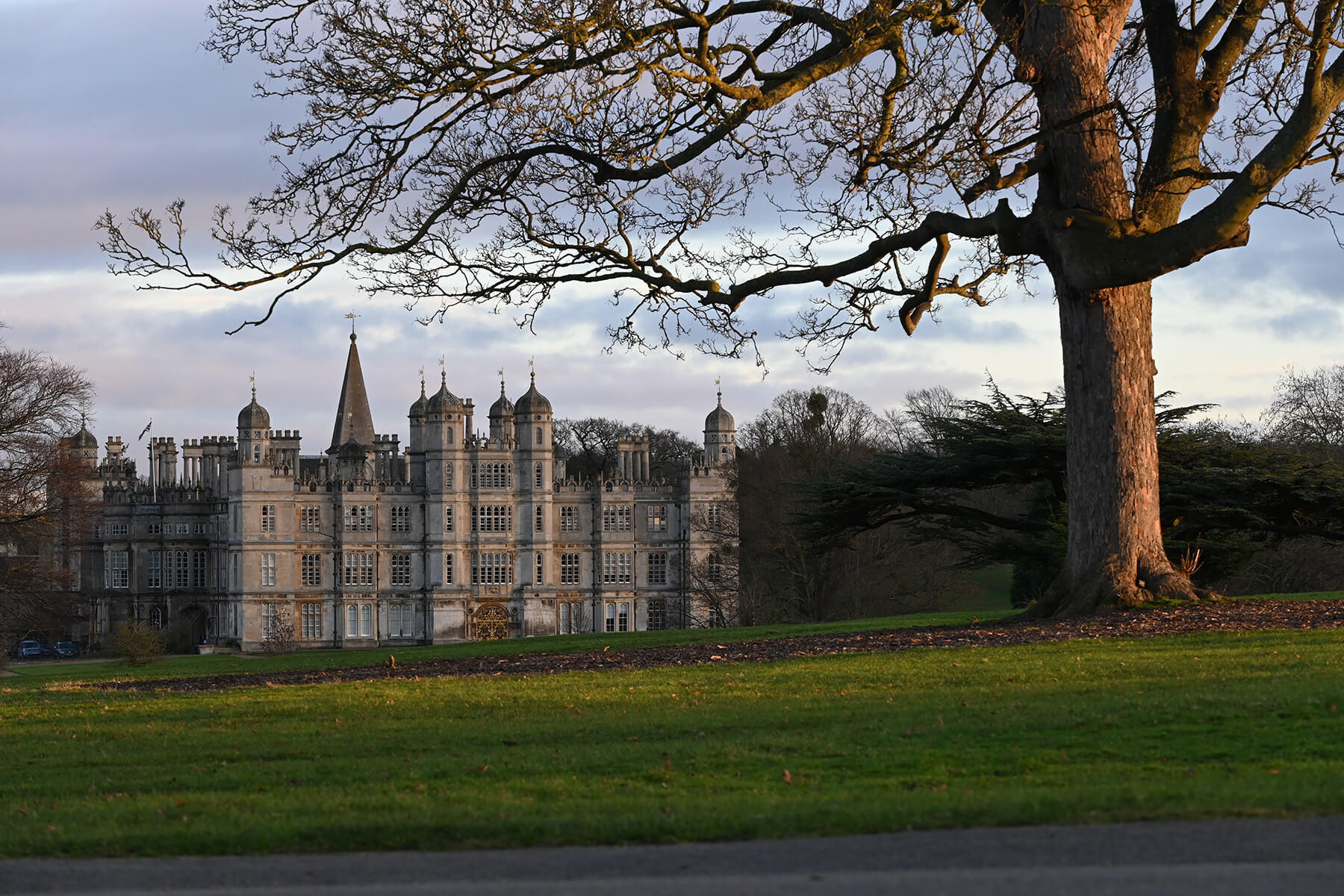
Click the images to see a larger view
In traditional Nikon fashion, the on/off lever sits around the shutter button and this makes readying the camera and shooting a quick and fluid process. Similarly, the ISO, exposure compensation, and movie rec buttons are all within easy reach of the index finger, and the design follows the same trend as other recent Nikon bodies.
On the Z 50’s front, on the opposite side to the lens release button, are two function buttons, which can be customised to access 30 different settings such as white-balance, exposure delay, AF on, bracketing and so on. These work really well, giving extra control without menu dipping and the only frustration I had with these was that when set to something like white-balance, the button needs to be held while changes are made, making for a bit of an awkward grip.
On the rear of the camera is an impressive 3.2-inch touch screen, the right of which offers three ‘virtual’ buttons for the screen’s zoom control and display settings. These work fine, as do the touch screen controls, though with such commands becoming more prevalent, it’d be nice for a manufacturer to include some haptic feedback – as with all touch commands, dabbing at the smooth glass can feel very disconnected.
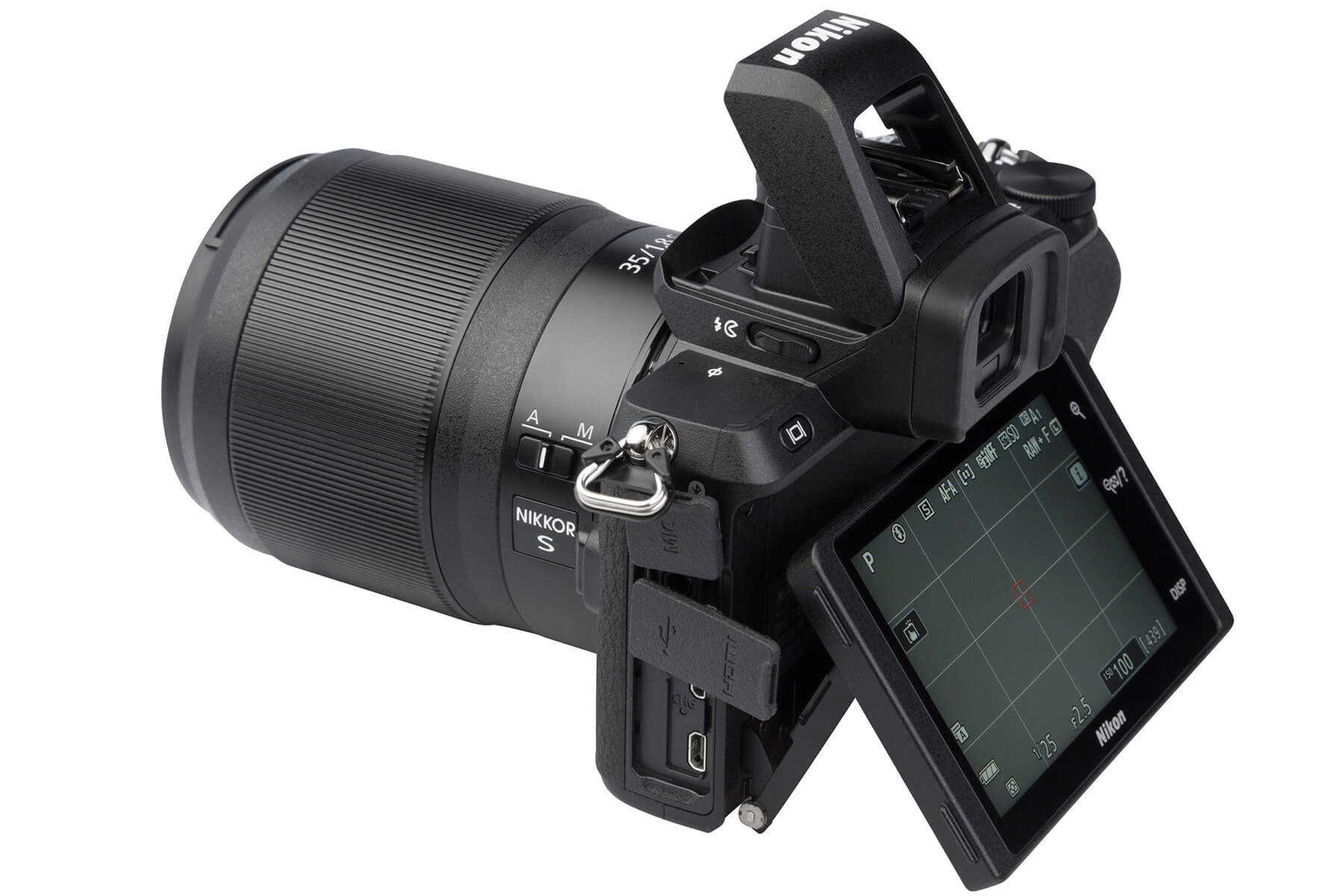
The touchscreen can be used to navigate the main menu, quick ‘i’ menu, and to lock focus or trip the shutter, but you can turn these functions off if you want. Other touch commands are shown on the screen with a box around them, and include setting shutter speed and aperture, depending on the shooting mode, as well as ISO – so, for example, in manual mode all three can be set by touch. In playback mode, the screen responds well to gesture controls like swiping and zooming.
The only drawback I found to the touch functions, apart from not being able to move the AF point while the camera was up to my eye, was that when using the main menu it’s quite easy to switch the touchscreen off if you wave a finger around too near the electronic viewfinder – the camera thinks you’ve brought it up to your eye and switches to that view.
Speaking of the EVF, how good a mirrorless camera’s viewfinder is can make or break the decision to buy it. The Z 50’s 0.39-inch 2.36k dot OLED display isn’t quite as good as the full-frame Z series cameras, but it’s pretty close, with a very clear and detailed view, and little or no lag or stuttering in the frame rate. It could turn on quicker when the camera is raised to the eye, and it still blanks out when shooting in continuous drive mode, but that’s the norm. When shooting landscapes, particularly in low light, I noticed a slight magenta colour cast, but this wasn’t reflected in the images and there’s a function to correct it in the settings menu.

Also on the rear of the camera is an AF-L/AE-L button, a four-way controller with OK button in the centre, an ‘i’ button to bring up the quick menu, the main menu button, and playback and delete. There’s no mini joystick, but the directional pad is used to navigate menus and set the AF point, which works fine.
So in terms of handling, there’s lots to like, and lots of customisation options, too – for instance the ‘i’ menu can be set to include the options you use the most. But there are niggles, including not being able to switch on or off the auto ISO outside the shooting menu, and the fact that the self-timer mode turns off whenever you switch the Z 50 off and on again, which isn’t ideal when moving from one landscape location to another.
Elsewhere on the body, the screen can be tilted up or down, swinging around below the camera in a self portrait configuration, though its path and your view is blocked if you have anything connected to the tripod mount. It’s still handy for low- and high-angle shooting though, and with all main controls grouped on the right of the camera, it’s possible to shoot one-handed if you need to.
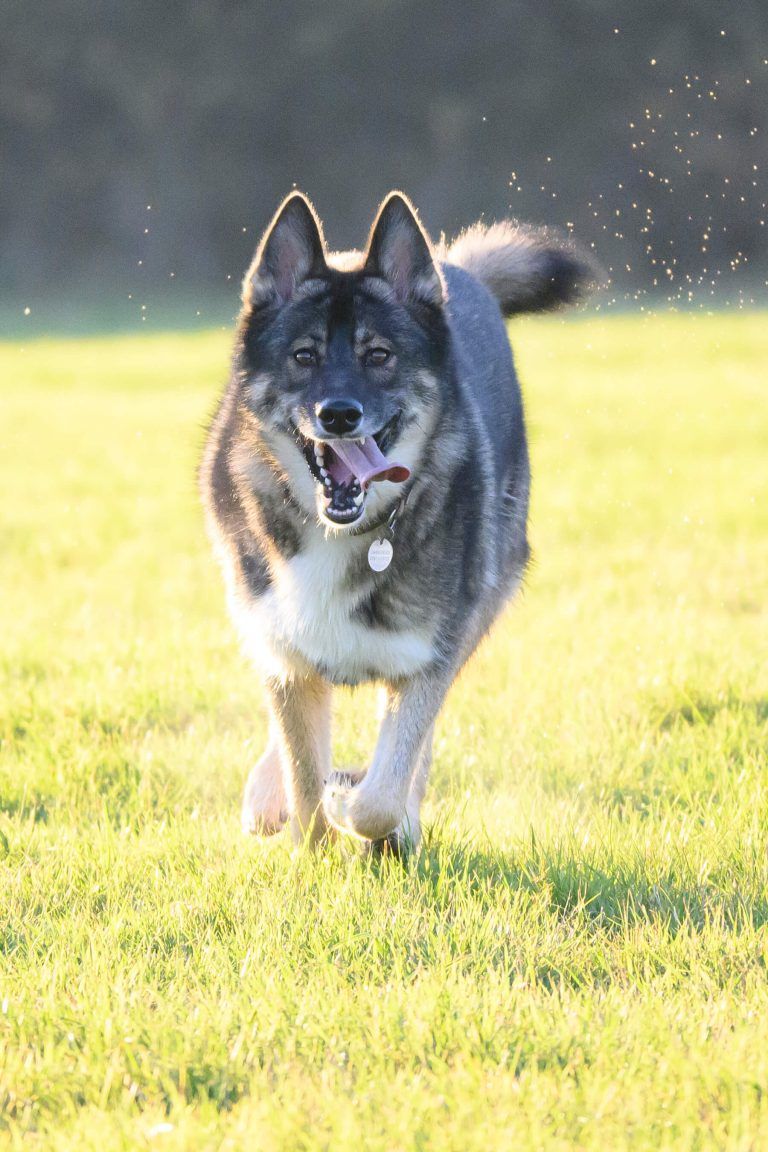
Performance: ISO
The Z 50 puts in a highly creditable performance when it comes to ISO performance. As with all tests, we shot Raw images throughout the ISO range and converted them in Adobe Camera Raw (ACR) with default settings of 0 Luminance NR and 25 Color NR. Images are untroubled up to ISO 1600, and only minorly affected beyond that up to about 6400. Even at 12,800 and 25,600, images are usable. Towards the ISO ceiling of 51,200, you’ll begin to see a lot of grain breaking up image detail and a general desaturation, though the fine text on this shop front example was still readable. I′d be very happy to work in Auto ISO, setting 6400 or 12,800 as the maximum. The extended ‘Hi’ settings – equivalents of 102,400 and 204,800 – aren’t worth troubling unless you’ve spotted a Yeti on a moonless night.
It′s worth noting that Raws from the Z 50 load into the ACR with presets as standard. One of these is Color NR, which is set at 10, rather than the default 25, so don′t forget that if you pick up a Z 50.
Click the images to see a larger view
The Z 50 is Nikon’s DX-format sensor with on-chip phase detection pixels, making it a ‘hybrid AF system’ and it has 209 selectable points covering about 90% of the frame. To test the camera’s AF system, I tackled various action, portrait and landscape subjects, finding its performance to be very good, if not stellar compared to some rivals. Face and eye AF is a big reason for many to upgrade to a mirrorless body and the Z 50 has this function. Making sure it’s switched on in the AF menu, you then shoot in C-AF and auto-area AF, and it picks out faces and eyes easily, even allowing you to switch between those it’s found. I found it worked well, though not quite as faultlessly as some of its competitors, struggling more so in low light.
For action, the AF also performed well, though the supplied 50-250mm f/4.5-6.3 zoom doesn’t allow enough light in to see what the system is really capable of. We’ll need to wait for faster Z DX lenses to see that. Setting AF-C and using the subject tracking mode, I got a good amount of hits – it’s, say, 70% or so – even on subjects that were coming quickly towards my shooting position. At this price point it’s impressive.
Single AF was faultless, except in low-light and low-contrast conditions, and again this was most obvious when shooting at the long end of the 50-250mm lens. Switching to faster optics improved autofocus performance.
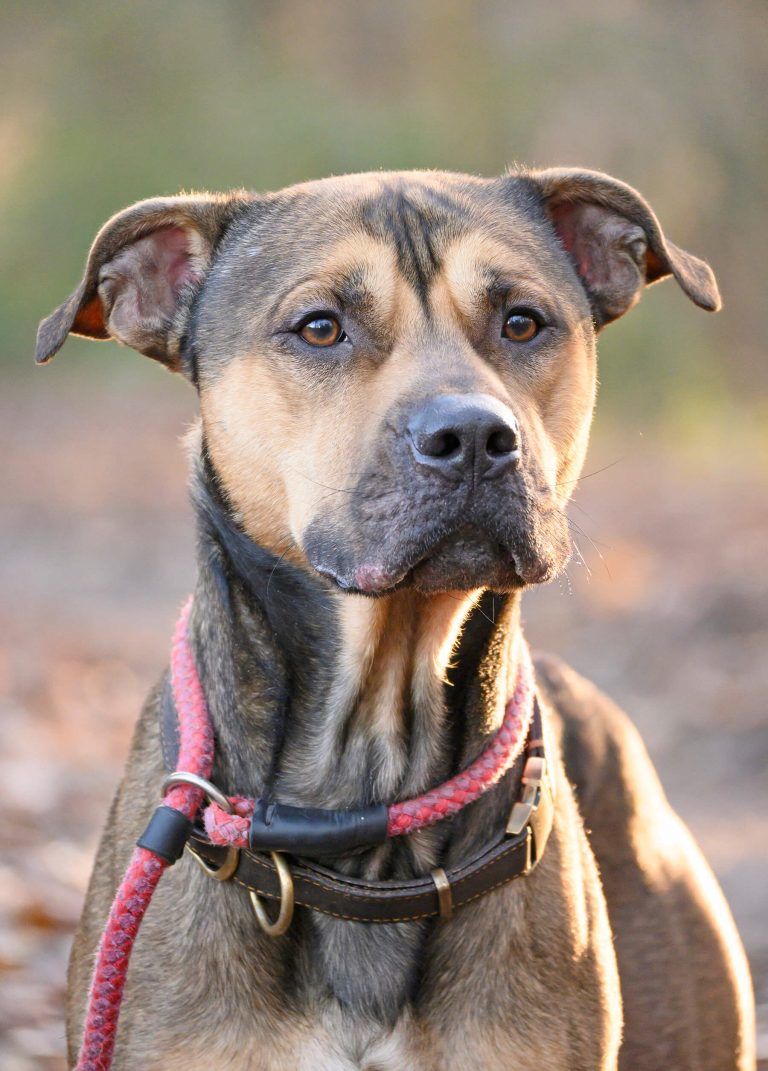
There is no in-body image stabilisation for stills, but there is Nikon’s Electronic VR, which is used for video and smooths out footage nicely. Both the available Z DX lenses have optical VR, so the only downside is that you won’t get a VR benefit when using non-VR F mount lenses via the FTZ converter. Mounting F-mount VR lenses with the Z 50, such as the 70-200mm f/2.8E, seemed to work perfectly. Lacking any buttons, on the Z DX lenses, VR can only be turned on or off using the ‘i’ menu or main menu.
In terms of image quality, the Z 50 gave a very good performance, and though 20.9 megapixels might seem a little sparing these days, it strikes a good balance between resolution and noise on an APS-C chip. I’d happily set the auto ISO to 6400, and let it take over things. The lack of a traditional optical low-pass filter means images are full of crisp detail, too, and 14-bit Raws are very workable in post if required – the dynamic range of the camera is great for an APS-C chip.
As for performance speed, the Z 50 takes a little over a second to start up. In its fastest 11fps continuous high extended mode and shooting Raw only, we found it capable of 34 shots before it started chugging. In high speed continuous shooting at 5fps I got 60 Raws before the camera slowed. These shooting rates were achieved using a Lexar Professional 2000X SD 64GB card. You get full AF and autoexposure tracking in these modes, so really the camera has plenty of speed.
The Z 50’s battery life is quoted by Nikon at 300 shots per charge, though I routinely got more than 400, so lifespan really depends on how you’re using the camera. Lots of long exposures or video will wipe it out much faster than regular shooting.
More from the Z 50
Verdict
The Z 50 makes a great pick for a first mirrorless camera, or a second body for those who’ve already bought into the Z system with the Z 6 or Z 7 bodies. It’s small and light and, when twinned with the retractable DX 16-50mm lens, it’ll fit in a coat pocket, but it also has surprisingly assured handling as well as good AF and shooting speed. The image quality is genuinely pleasing, too. Keep the 50-250mm in your other pocket and you’ve got some very decent coverage. Nikon’s growing its Z mount lens options, but the FTZ converter allows F-mount users to make the jump painlessly.
Pros: Price, handling, features and performance are all top-notch
Cons: Minor handling oddities, no in-body IS
| Features | 23/25 |
Plenty to like, but no in-body IS. |
| Handling | 23/25 | Feels great in the hand with a common sense layout and menus. |
| Performance | 22/25 | Competes well with its rivals in most areas. |
| Value for money | 24/25 | A very keenly priced body, and even more so with the twin lens kit. |
| Overall | 92/100 | Despite its small size, the Z 50 feels like a proper camera and is an highly attractive model to jump into mirrorless for those who haven’t yet taken the plunge. |
For more information, please visit the Nikon website.
As featured in issue 73 of Photography News.


















